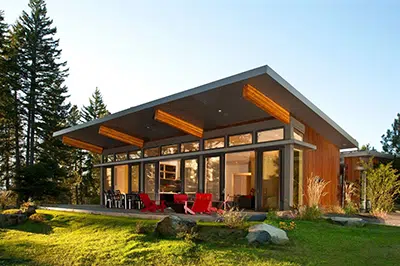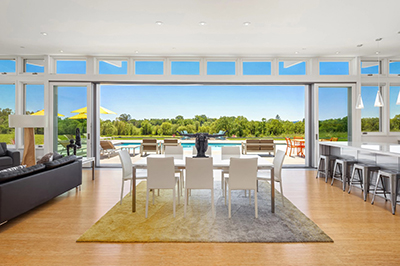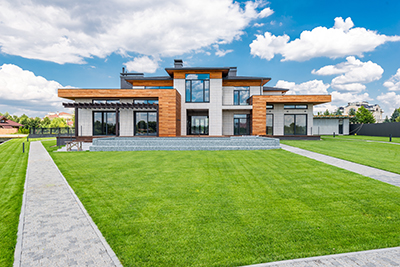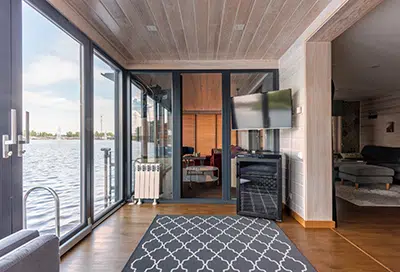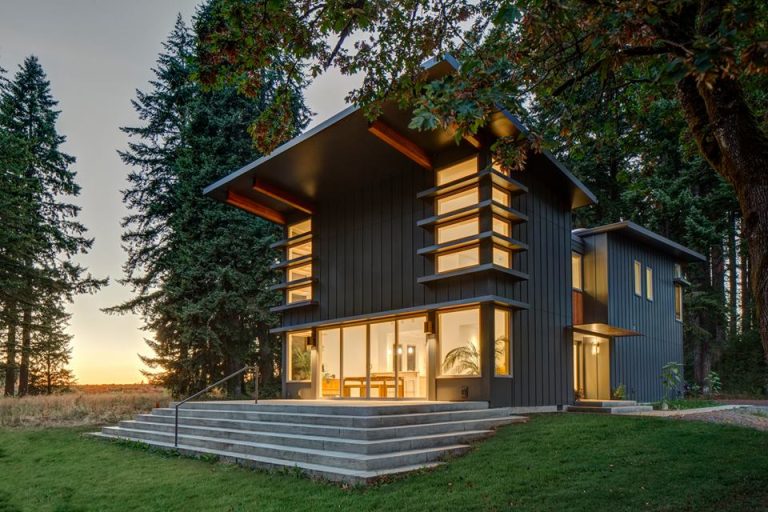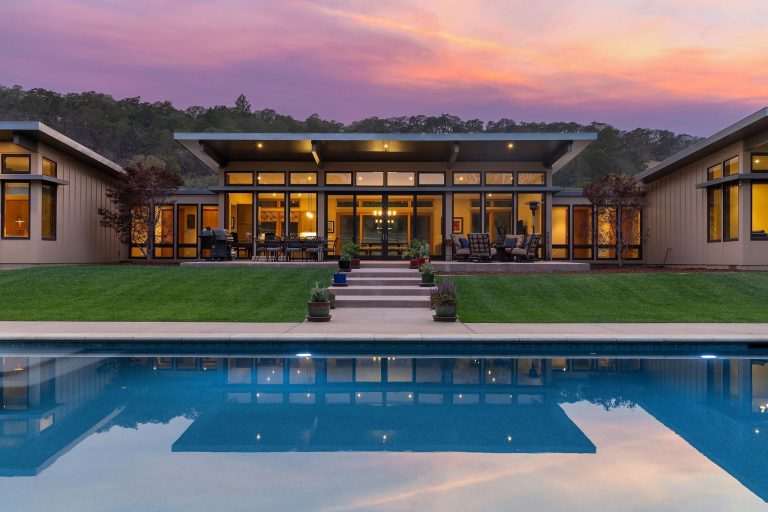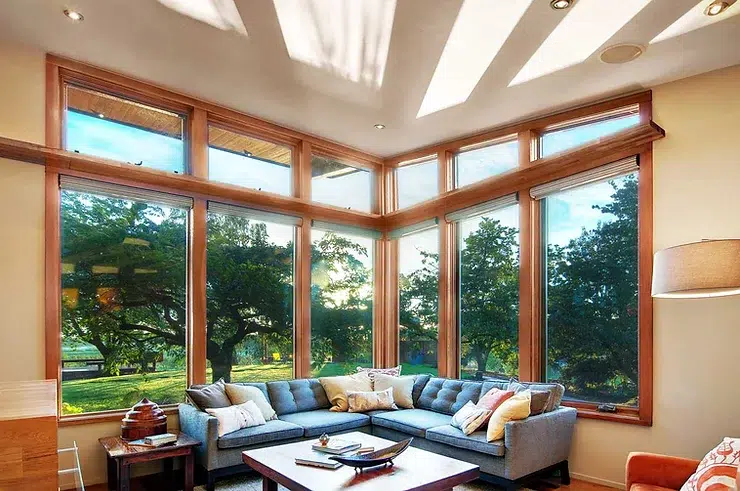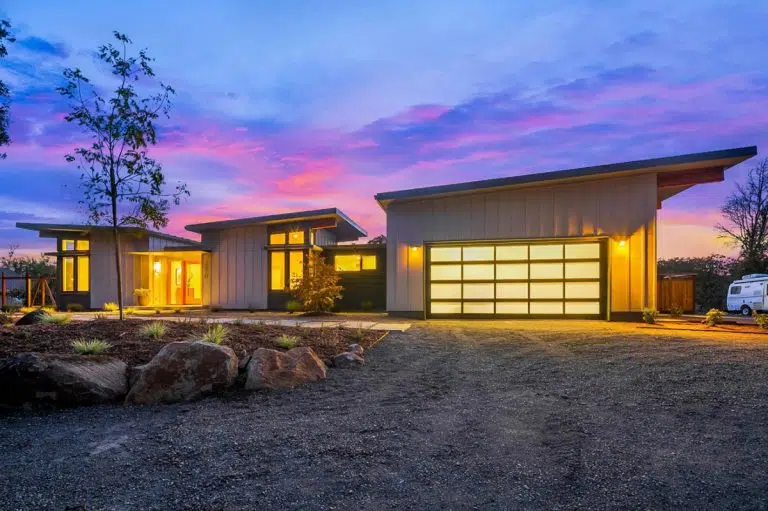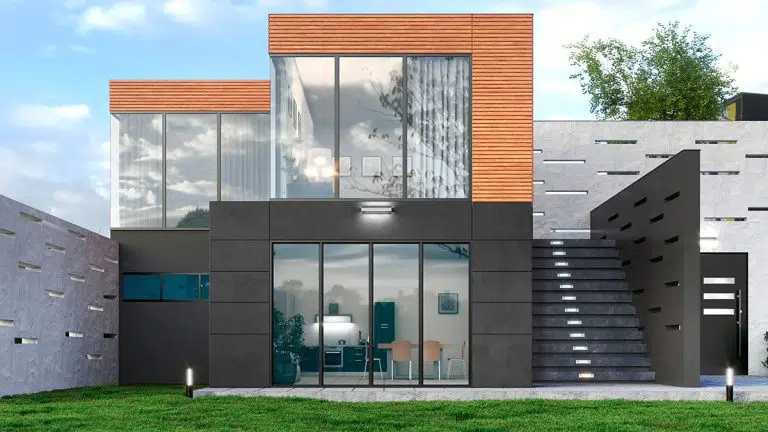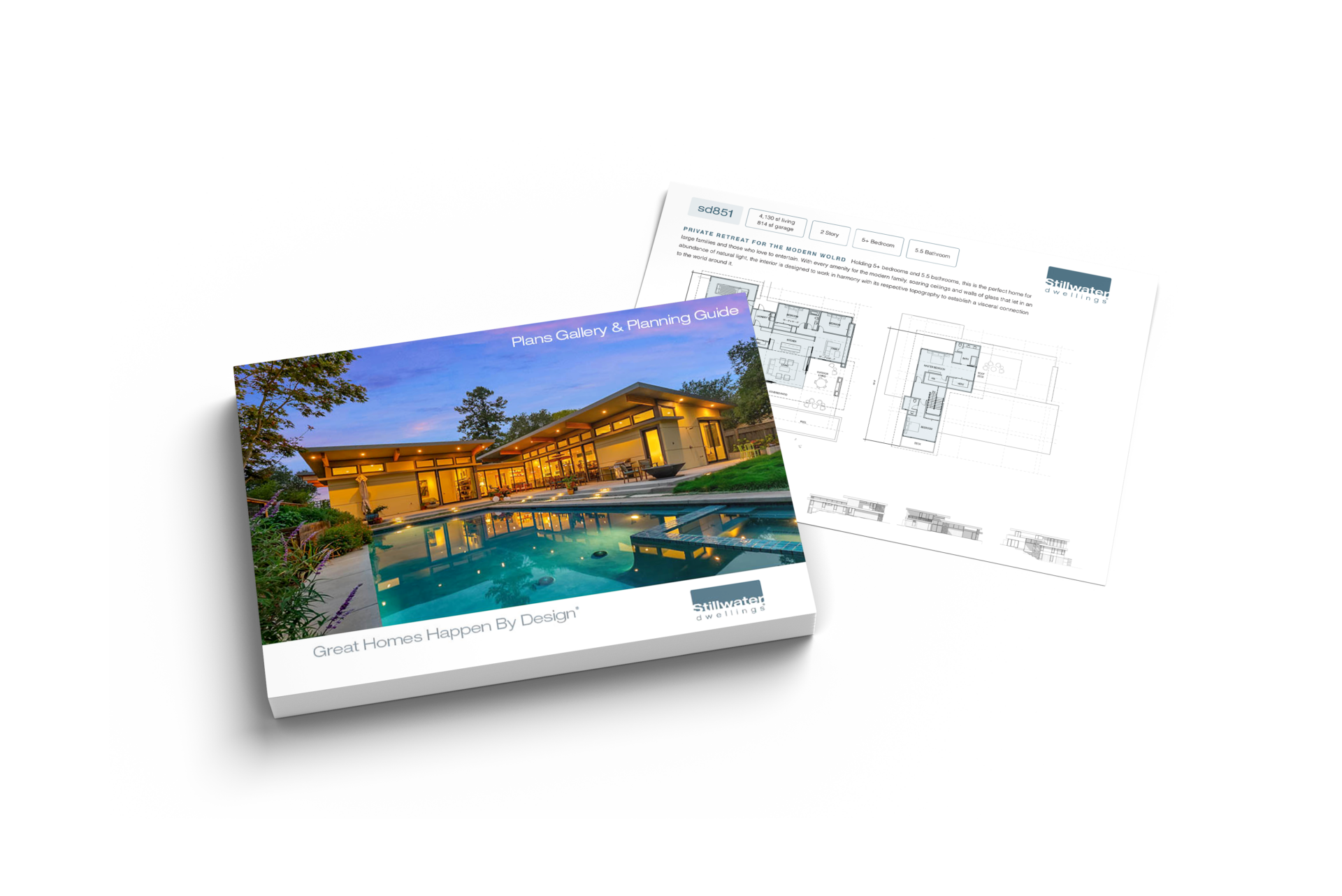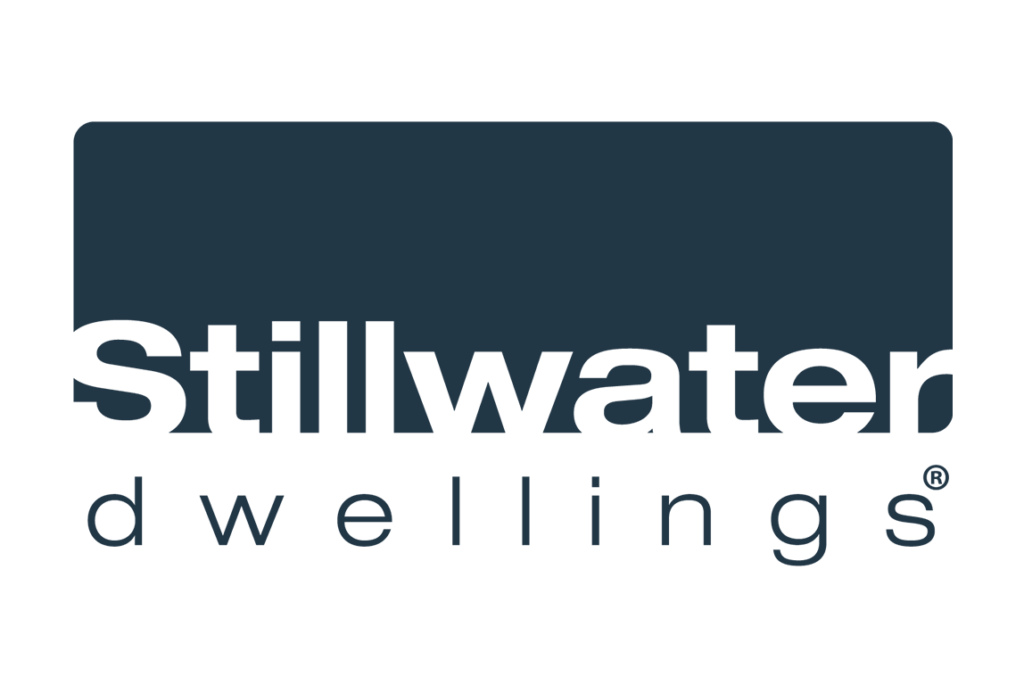If you’re considering stepping into the world of homeownership, you might have come across the term “modular homes.” But what exactly are they, and how do they differ from traditional site-built homes? This comprehensive guide will take you through everything you need to know about “what are modular homes”, from their definition and advantages to financing options and customization possibilities. By the end of this blog post, you’ll have a better understanding of whether a modular home is the right choice for you.
Defining Modular Homes
Modular homes are factory-built structures that are assembled on-site, which comply with residential building codes and provide an alternative to traditional site built homes. Their construction process involves pre-manufactured components, known as modules, being assembled in a factory before being transported and assembled on the building site. Modular units, which are part of modular and manufactured homes, typically measure 14 feet in width and can extend up to 60 feet in length.
Modular construction starts with the assembly of the flooring system using a variety of building materials. The modules, varying in square footage, are transported to the site and assembled with cranes according to the desired configuration.
Prospective modular homeowners should:
- Determine a location
- Find a builder who can meet their needs
- Secure construction loan financing (unless paying in cash)
- Hire a general contractor with modular home industry expertise.
Modular homes can include basements, given their requirement for a permanent concrete or block foundation. They cannot be built on a slab due to the same foundational requirement, which is crucial for urban development. It’s advisable to use a Realtor for the modular home purchase. If a town sewer isn’t available at the construction site, consider the added cost of a septic system.
Advantages of Modular Homes
Modular homes, also known as prefab homes, offer a range of benefits, including:
- Cost-effectiveness
- Energy efficiency
- Shorter construction periods
- Controlled manufacturing environments
They can be up to 15% less expensive than stick-built homes, making them more affordable for many potential homeowners. Constructing a modular home indoors eliminates the potential for weather-related delays, which can be a concern for a site-built home.
Modular homes boast quicker construction timelines as another significant advantage. They can be built faster than traditional stick-built homes, potentially lowering the overall modular home cost. Consequently, homeowners can transition into their new homes sooner, alleviating the stress and expenses associated with prolonged construction periods.
Disadvantages of Modular Homes
Although modular homes offer many advantages, they also have some drawbacks. One potential downside is the negative perception surrounding modular and manufactured homes. Some individuals may believe that they are of low quality or aesthetically disconcerting. These negative opinions can have a detrimental effect on the resale value and overall modular home cost.
Land restrictions pose another potential drawback. Some neighborhoods or municipalities may disallow modular homes, and restrictive covenants might ban modular home construction without a permanent foundation in certain areas. Prospective modular homeowners need to research local regulations and restrictions before deciding on a modular home purchase.
Lastly, customization options for modular homes may be more limited compared to traditional stick-built homes. While many modular home builders offer a range of floor plans and design options, some customizations may not be possible due to factory constraints or the modular construction process. This could be a disadvantage for those who desire a highly personalized home.
Quality and Durability of Modular Homes
Despite any initial negative perceptions, modular homes are built to high standards, using quality materials, and can withstand extreme weather conditions. They are constructed in a factory setting on an assembly line, ensuring that all components are subject to stringent quality control during the building process. Recent developments in modular home manufacturing, including the use of high-quality building materials, have enabled them to be on par with traditional stick-built homes.
Modular homes are constructed with the same endurance as stick-built houses. They provide the same level of security as other dwellings and might even withstand storms better than traditional housing, lending themselves well to urban development. Their durability and lasting quality render modular homes an appealing choice for numerous buyers.
Modular vs. Manufactured and Mobile Homes
While modular homes share some similarities with manufactured and mobile homes, there are key differences to consider. Manufactured homes are constructed entirely in a factory and transported to their homesite, while modular homes are also constructed in factories but are not finished until they are assembled on-site. Modular homes can be made on a temporary chassis or a permanent one, depending on the specific design.
Modular and manufactured homes should possess the Factory Built Unit Certification if they were constructed after 1971. The main differences between these types of homes lie in their construction methods, building codes, and location restrictions. Modular homes are subject to local building codes, while manufactured homes are subject to federal codes. This distinction can impact financing options, location possibilities, and overall construction quality.
When weighing up modular homes against manufactured or mobile homes, consider the pros and cons of each. Modular homes present quicker construction times, better quality control, and a variety of customization opportunities. Nevertheless, they might come with limited financing options, confined customization opportunities, and potential reselling challenges, potentially impacting the overall cost of the modular home.
Cost Breakdown for Modular Homes
The cost of modular homes may vary according to size, location, and amenities; however, they generally cost 10-35% less than traditional homes, making the modular home more affordable for many buyers. Factors that influence the cost of modular homes per square foot include the size, location, and additional amenities provided.
Base model modular homes typically range from $120,000 to $150,000 in cost, often more affordable than traditional homes. In general, modular homes are priced 10-35% lower than traditional homes, enhancing their appeal to potential buyers due to the lower cost.
Financing Options for Modular Homes
Financing options for modular homes include:
- Construction loans that can be converted to mortgages
- Conventional loans
- Federal Housing Administration (FHA) loans
- Veterans Affairs (VA) loans
- USDA loans
- Personal loans
- Chattel mortgages
Various lenders offer specialized loans specifically for modular construction.
In some cases, financing for modular homes can also be procured through the manufacturer. This offers another avenue for potential modular homeowners to secure financing for their new home, making the dream of homeownership more accessible to a wider range of buyers.
Finding a Reputable Modular Home Builder
To find a trustworthy modular home builder, thoroughly research local regulations and examine builder reviews. Ensure the chosen builder complies with all relevant laws and regulations, including those associated with urban development.
Consult third-party reviews of the modular and manufactured home builder to gain an understanding of their standing and quality of work. Additionally, solicit recommendations from lenders or real estate agents regarding reputable modular home builders. These professionals often have experience working with various builders and can provide valuable insight into their reliability and expertise.
Choose Stillwater Dwellings For Your Luxury Modular Home
We provide the highest quality modular homes using sustainable materials and innovative designs that meet your exact needs. Our experienced team of architects, designers, and engineers are dedicated to creating a home that surpasses your expectations. With Stillwater Dwellings, you can trust that every detail will be taken care of so you can enjoy living in your new luxury home for years to come.
From modern luxury to cozy traditional, our homes are crafted with the highest standards of quality. Every home is designed to bring together the ideal combination of aesthetics and function so you can enjoy your dream home for years to come. Our mission is to provide you with the highest quality dwellings suited to your needs. From basic to luxurious, we specialize in customizing our homes and making sure you get exactly what you desire.
Customization Possibilities for Modular Homes
Modular homes, also known as prefab homes, provide a broad variety of customization options, with hundreds of designs available or the option to create your own. Popular customization options for modular homes include:
- Coffered ceilings
- Fireplaces
- Built-in seating
- Patio doors
- Kitchen islands
- Additional selections
Customizing a modular home provides buyers with the opportunity to design a home that meets their individual needs and preferences, resulting in a distinctive and personalized living space. However, it’s important to note that some customization options may be more limited compared to stick-built homes due to factory constraints or the modular construction process.
Resale Value and Market Appeal of Modular Homes
Modular homes are recognized for appreciating in value, though finding the right buyer is key. Newer modular homes, built to superior quality standards, should offer a satisfactory return on investment. The resale value of modular homes may match or even exceed that of traditionally built homes.
However, resale potential may be affected by initial negative perceptions or outdated features. Addressing any misconceptions about modular homes and ensuring that the home is well-maintained and up-to-date can help improve its market appeal and overall resale value.
Location Considerations for Modular Homes
Consider factors like:
- Access to main roads
- Proximity to schools, healthcare facilities, shopping centers, and recreational areas
- Site topography
- Neighborhood
- Security
- Utilities
- Social amenities
- Orientation
These factors are crucial for urban development when selecting a location for modular homes.
A modular home can be situated in the same places as a stick-built home, provided that local county ordinances do not impose any restrictions on the construction of modular homes. It’s crucial to guarantee that the home complies with local building codes and zoning laws.
Choosing the right location for your modular home not only impacts your enjoyment and convenience, but also influences the home’s overall value and potential resale success. Thus, investing time to research and select the optimal location for your modular home is a critical step in the home buying journey.
Modular Home Construction Timeline
The construction timeline for modular homes typically ranges from 4 to 9 months, contingent upon factors such as home size, customizations, and permit acquisition. Some factors that influence the timeline for constructing modular homes include the complexity of the design, the number of customizations, and the time it takes to acquire permits.
Generally, the construction of a modular home takes approximately 3-4 months. This relatively quick construction timeline is one of the many advantages of choosing a modular home, allowing homeowners to move into their new homes faster than if they were to build a traditional stick-built home.
Frequently Asked Questions
What is the difference between a modular home and a real home?
Modular homes are partially constructed in a factory and then shipped to the homeowner’s lot, while traditional homes are built on site. Both types of houses require permanent foundations and typically include full basements.
What is the point of a modular home?
Modular homes hold their value and gain appreciation over time, making them a good investment. Additionally, they can be constructed quickly with flexible specifications, allowing you to create the perfect home for your needs.
What is the difference between a modular home and a prefab?
Modular and prefab homes are both factory-built structures that are partially or fully constructed in an off-site factory. The main difference between them is that modular homes are built to local, state, and regional building codes, while prefab homes are constructed in sections or panels and assembled on-site.
Modular units are built for permanent placement onto a foundation, while prefabs come as steel-framed bodies ready to be assembled into easy-to-move buildings.
Is a modular home safe in a tornado?
Modular homes are built to stringent safety standards and inspected for structural soundness before shipping, making them a safe choice for tornado-prone areas.
What is the difference between a modular home and a manufactured home?
Modular homes are constructed in factories but then assembled on-site, while manufactured homes are built entirely in a factory and then transported to their designated location.
